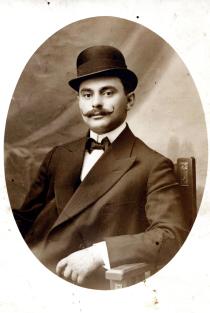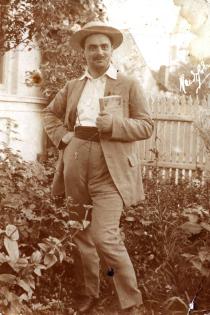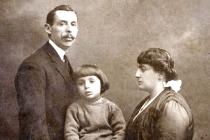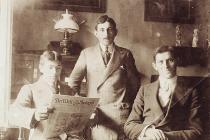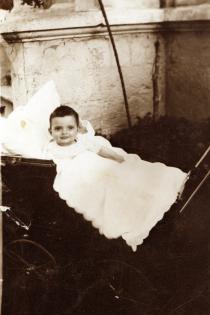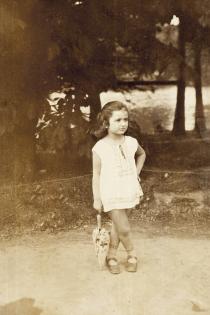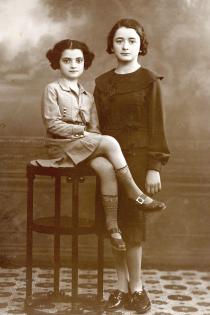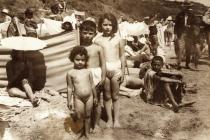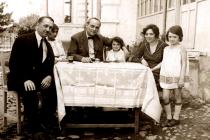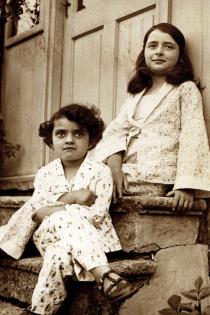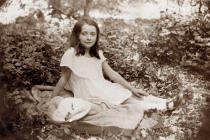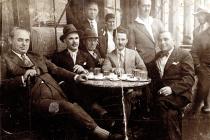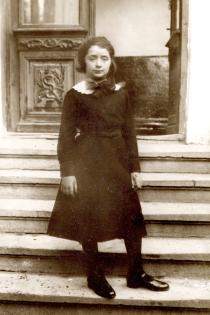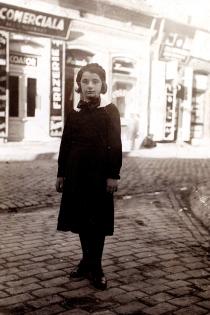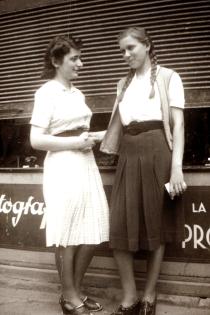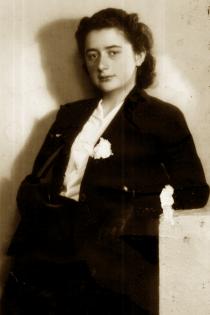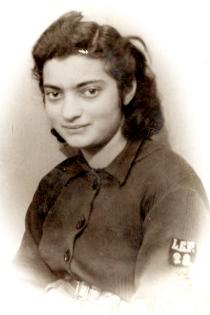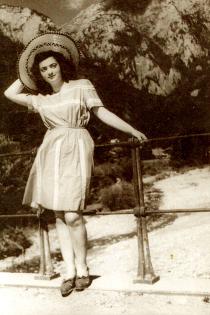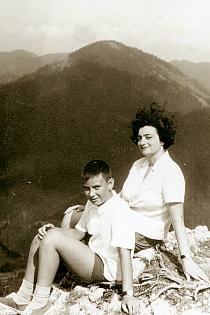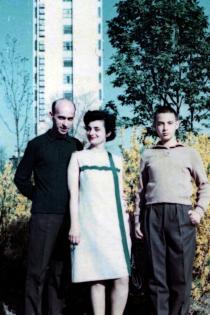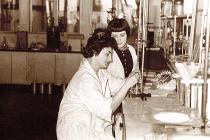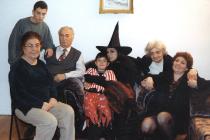This is my sister Clara Filderman, at the age of 16, in 1939. 'Coca Lala, the sister of Livia Diaconescu (nee Filderman) died on 22nd August 1944' - this is written on the back. This photo was taken before my sister went to Paris for tests and to have her diabetes cured.
On their way to France, they made stops in Milan and Venice. My sister bought me a hardback fairy-tale book gilded at the edges, with thin pages and nice pictures, with several characters. They were gone for a month, but my mother had wanted to come back sooner. From Venice, my sister brought home some gondola-shaped brooches for her schoolmates and two coral necklaces for me.
When she was eleven, they realized she had diabetes. After the disease was diagnosed, they took her to the clinic, but an assistant told them to take her to Vienna. In those times, at the beginning of the 1930s, getting a passport wasn't a problem; generally speaking, money wasn't a problem either. They went to a sanatorium there and the doctors managed, through diet, to bring her to the minimum risk level. They also gave her a book on how she had to be nursed - she had to use scales to portion her food. There was a time when she had to weigh her cherries and, to get another portion, she also added the weight of the pits. My mother cooked specially for her. Clara had to measure her glycosuria twice a day using a solution, she dosed the insulin on her own and injected it in her leg by herself - she did that from the age of eleven to 22.
During World War II, Clara began to break the rules of the diet and had to increase the dose on insulin. Insulin was hard to get - it came from Germany. When she was with friends, she had to eat; she couldn't say she had diabetes. This was a shameful thing back then and brought about complications - girls couldn't find a husband anymore. Clara tutored in literature and studied English.

